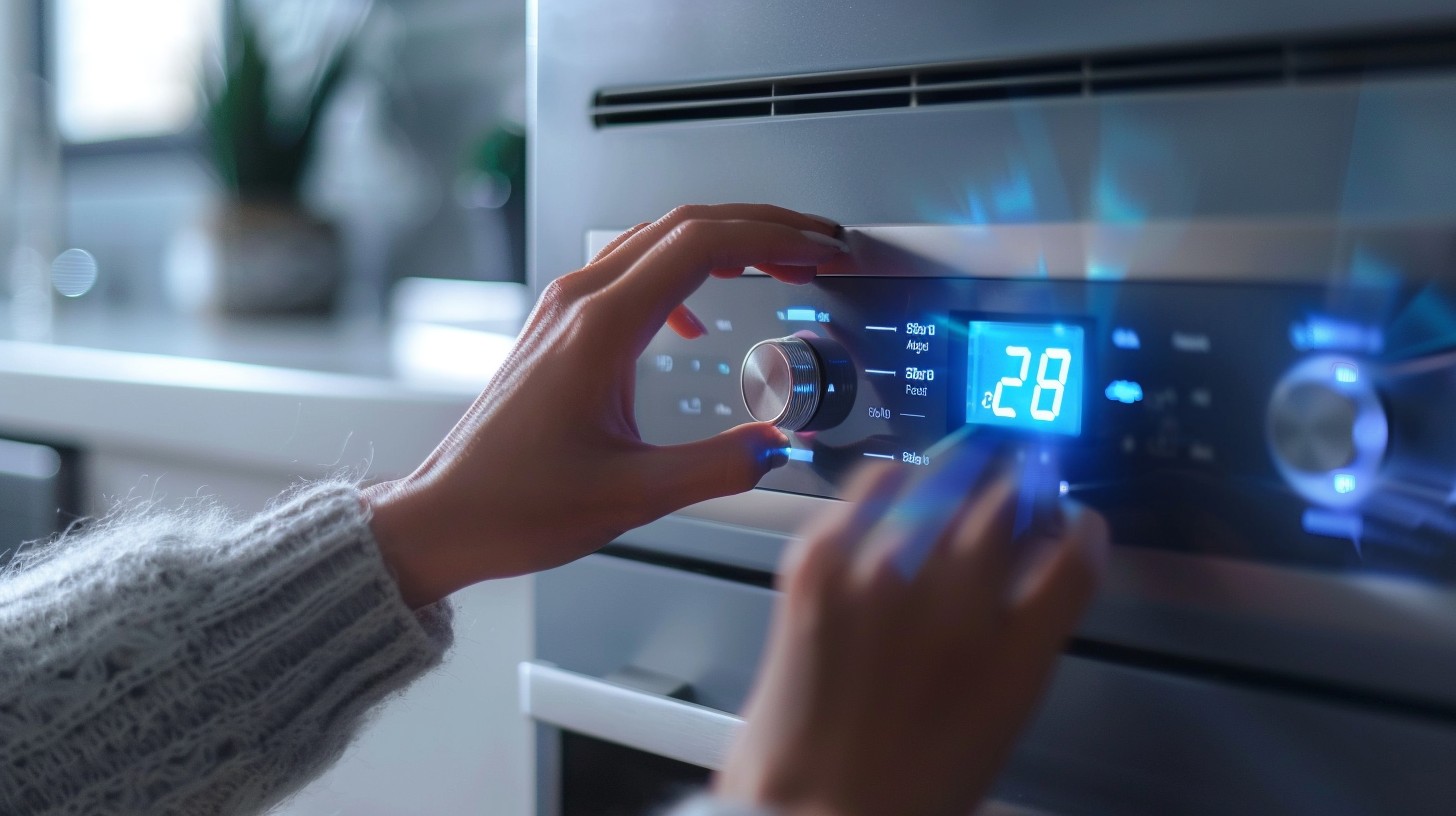I’m going to kick things off by getting to the heart of why temperature plays a starring role in your baking adventures. It’s not just about cranking up the heat; it’s about harnessing it to transform your dough into golden, delectable treats. When we talk about baking temperatures, we’re referring to that sweet spot that ensures your goods are cooked through and have that perfect texture you’re after.
You’re going to find out about the clash of the titans: Celsius vs. Fahrenheit. They’re just two different scales used to measure temperature, but picking one and sticking with it is crucial for consistency and avoiding a math-induced headache.
Now what is a big deal is the type of oven you’re working with. Conventional ovens without fans tend to bake more evenly, while fan-assisted ones, also known as convection ovens, circulate hot air, speeding up the baking process. This means you might need to lower the temperature a tad to avoid a burnt offering.

If you want to start off on the right foot, then preheating is your secret handshake into the baking society. Why risk a batch of lackluster cookies? When your oven is preheated, it’s a well-oiled machine ready to bake to perfection. And for those living high up in the sky, remember that altitude can take your well-planned temperatures and twist them. So, slight adjustments might be necessary to avoid epic baking fails.
I’m here to help you tame the oven and become the baking maestro you’re destined to be. Armed with this knowledge, you’re well-equipped to move forward. And that’s going to include figuring out the intricacies of baking times, which is just as vital as temperature. Remember, the two go hand in hand like peanut butter and jelly. Let’s explore that in the next section.
Timing is Everything: The Science of Baking Times
You’re going to find out about the fascinating relationship between the size and thickness of your baked goods and their required baking times. These are critical factors that determine just how long your delicious creations need to spend in the oven.
Now, standard baking times are not one-size-fits-all. They vary significantly whether you’re whipping up cookies, cakes, breads, or pies. Each treat you bake demands its unique timing, and I’m here to guide you through these differences.
Using a kitchen timer isn’t just a suggestion; it’s a must to avoid the disappointment of overbaked cookies or a doughy bread center. I’ll show you why setting a timer can be your best ally in the kitchen.
Don’t rely solely on the clock though; there are other smart ways to test for doneness. We’ll explore some reliable methods beyond the simple toothpick test, giving you more confidence in assessing whether your creations are perfectly baked.
Finally, remember that special diets and alternative ingredients can often require adjustments in baking times. Gluten-free flours, sugar substitutes, and vegan ingredients, for example, can alter how long your goodies need to cook. Knowing how to tweak times for these variations keeps everyone at the table happy.
The Ultimate Guide to Pairing Temperatures with Times
Creating a personalized baking chart for your kitchen can be a game-changer. This isn’t just about following recipes; it’s also about understanding your own oven’s quirks. Jot down notes on your successful bakes, including the oven temperature used and the precise baking time that yielded the best results.
Consider the difference between gooey chocolate chip cookies and a sponge cake that springs back when touched. Each has its ideal temperature and timing, and I’m here to help you nail those down. For example, cookies might thrive at 375 degrees Fahrenheit for 10-12 minutes, while cakes may require a longer bake at 350 degrees.
What happens when you encounter baking mishaps like a pie with a soggy bottom or a loaf with an overbrowned crust? Don’t worry too much about it. These are opportunities to fine-tune your temperature and timing. Sometimes, simply lowering the oven rack or covering the top of your dish with foil can make all the difference.
Beyond just eyeballing it, having an oven thermometer is crucial. Trust me, your oven’s dial might not be telling you the truth, and the difference of a few degrees can make or break a bake. An oven thermometer ensures you’re working with accurate temperatures.
Lastly, remember that recipes are guides, not gospel. They don’t account for your unique oven or the specific humidity in your kitchen. Be prepared to adjust times and temperatures as needed. I encourage you to experiment and trust your instincts; after all, that’s the heart of baking!

